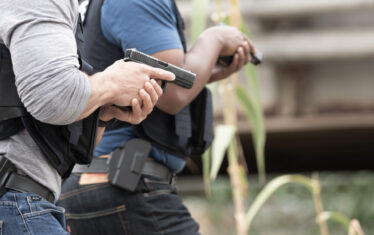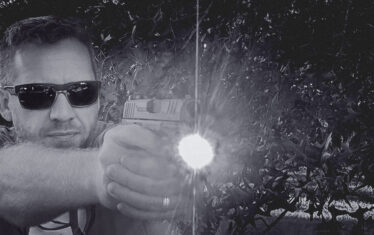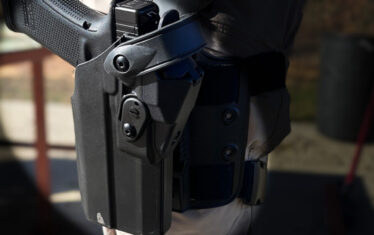Like the stories of many other sectors, the history of the firearms industry is populated with titans of their time. Browning Arms Company is one of those titans; they’re one of the original innovators that pioneered how we’d design firearms for decades. They’ve also played an instrumental role in manufacturing the weapons of history’s most essential and pivotal moments.
Here’s a quick look at the history of Browning, from J.M. Browning & Brothers to the modern Browning Arms Company.
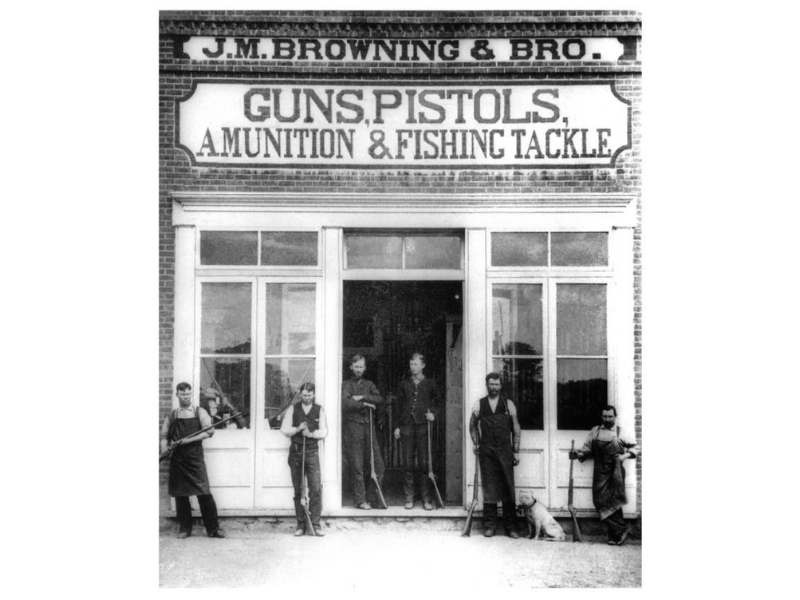
Founding & Early History
The Browning Arms saga starts all the way back in 1878 in Ogden, Utah, with two brothers. John Moses and Mathew Sandefur Browning decided to continue in the footsteps of their father, who had worked as a Gunsmith in the town for some time. The company’s story may have started then, but the roots go much deeper.
Jonathan Browning moved to Ogden, Utah, in 1852, where he established his gunsmith business to provide for his family. John was born in 1855, and Matthew was born in 1859. The business their father founded was where John Moses worked and got his start from age seven. He naturally took to design and engineering and eventually constructed his first rifle at the age of 13 and ended up working full-time by the age of 15. All that early child experience paid dividends, probably sooner than you might think.
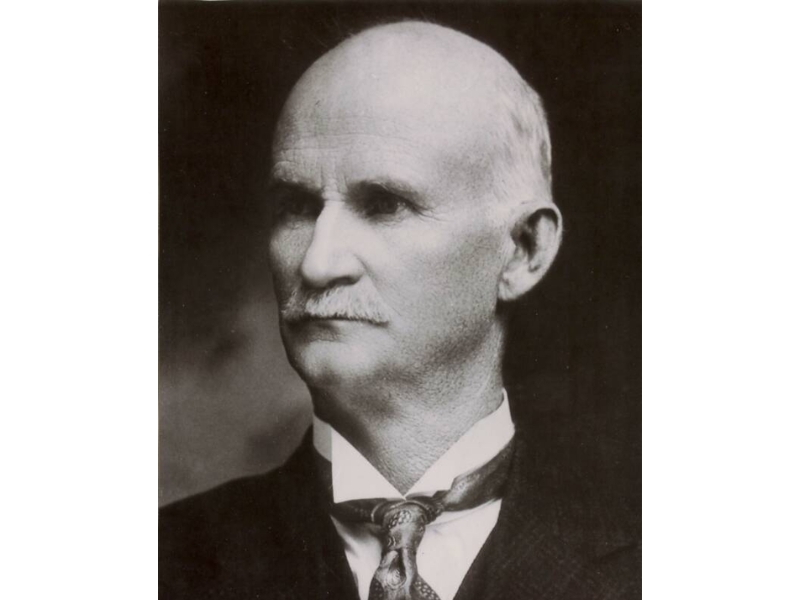
Author’s note: from this point on, if I refer to Browning specifically and not the companies, John Moses and Matthew Sandefur Browning Company, J.M Browning & Brothers Gun Shop, or the Browning Arms Company, it’ll be specifically in reference to John Moses Browning the designer. It can get a little confusing with a father, who was also a gunsmith, named Jonathan Browning, 21 other siblings, one of which helped founded the Browning Company, Matthew Sandefur Browning and four other brothers that worked in their shop.
Browning’s Work with Winchester
In 1879, John patented his self-cocking single-shot rifle, the Browning Model 1878. With five of his brothers, Mathew included, they opened their machine shop in Ogden, but the brothers could only output three guns per day and reportedly could not keep up demand for the rifles. Their success ended up getting Winchester’s attention.
The Winchester Repeating Arms Company had dispatched a representative to evaluate their new competition. One of the rifles was sold to the representative and shipped to Thomas G. Bennet, who was a General Manager of Winchester. They were so impressed that the Browning brothers ended up selling the design patent to Winchester for $8,000.
That sale of $8,000, at today’s value would supposedly be around $245,000 of buying power. Not this isn’t precisely one-to-one, but for reference, a U.S. Senator in 1879 had a salary of $5,000 a year; these days, it’s $174,000, so an increase of about 3,300% for the senator compared to the 3000% increase for the Winchester patent purchase, so not too far off.
To a 20-something John Moses, this was a big deal. On top of this patent sale, Winchester hired the Browning brothers to bring them into the fold and started John working on his next design.
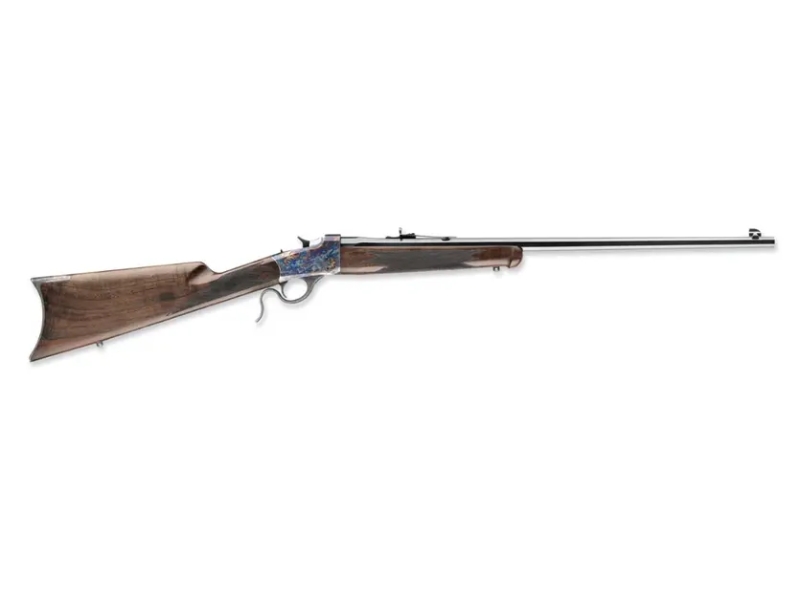
The Winchester Model 1873 & Beyond
Enter the Winchester Model 1873; despite the rifle’s popularity, it could not handle popular larger calibers like .45-70. The Winchester company sicced John Moses on this, and he got to work. Browning designed and patented the rifle that Winchester wanted, which eventually became the lever-action Winchester 1886. The model 1886 could handle cartridges as large as the .50-110 Express and became one of the most popular lever guns in history.
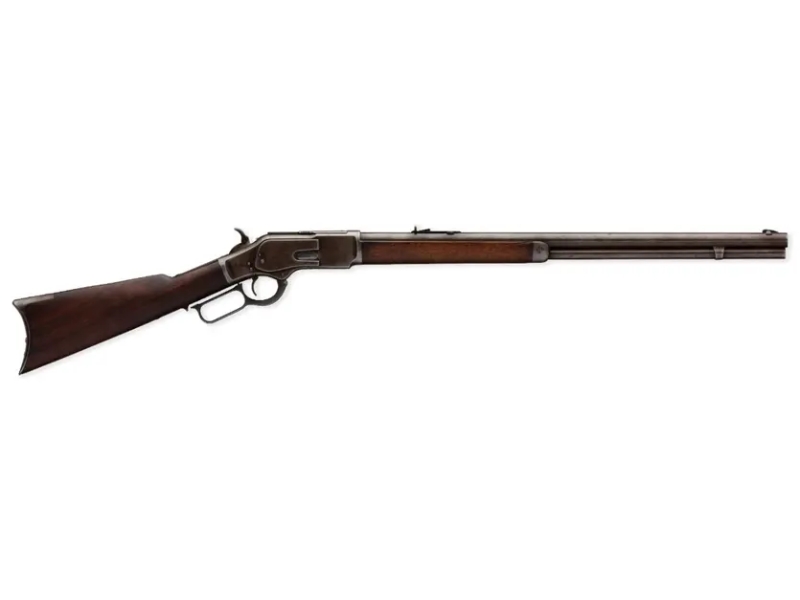
He ended up working with Winchester for quite a while, helping design the Model 1885 Rifle, the Model 1887 lever-action shotgun, the Model 1892 lever-action rifle, the Model 1893 pump-action shotgun, the Model 1894 & 1895 lever-action rifles, and finally, the 1897 pump-action shotgun.
Lucky Number 94
Let’s talk about Browning’s Winchester Model 1894 specifically for a little bit. To call the Model 94 a massive success would be an understatement. The Winchester 1894 wasn’t just a popular civilian rifle either; the U.S. military used it in four separate wars up to WW1, and it was even sparsely used by the Canadians and British in the early parts of WWII.
Just the production run is impressive; they began their initial production run in 1894, hence the name, and ended in 1980. Apparently, that wasn’t enough, though, because U.S. Repeating Arms under Winchester continued that until 2006, then Winchester picked it back up in 2011. They’re still making them now.
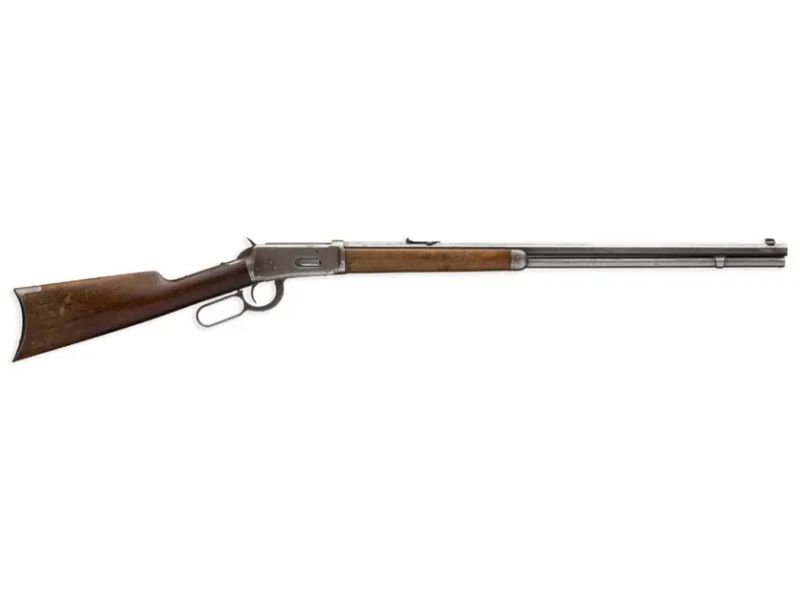
The 1894 was one of the first rifles to sell over 7,000,000 units. Apparently, the millionth Model 1894 was given to President Calvin Coolidge in 1927, the one millionth and a-half rifle to President Harry S. Truman on May 8, 1948, and the two millionth unit was given to President Dwight D. Eisenhower in 1953.
Eventually, due to differences over royalty payments, Browning’s relationship with Winchester ended. During his time with Winchester, John Moses was responsible for many key patents and innovations that shook the industry.
Pistols on Point
Rifles and shotguns weren’t the only things Browning excelled at designing; he was also responsible for some of the most iconic handguns ever.
In 1896, Browning approached Colt with four separate patented semi-automatic pistols, one of which became the FN 1900 and, more significantly, one that would be the Colt Model 1911. Around the time the Model 1911 was developed, there was a search for new self-loading pistols in the industry and militaries. As weapons began to evolve elsewhere, revolvers were rapidly becoming more and more archaic.
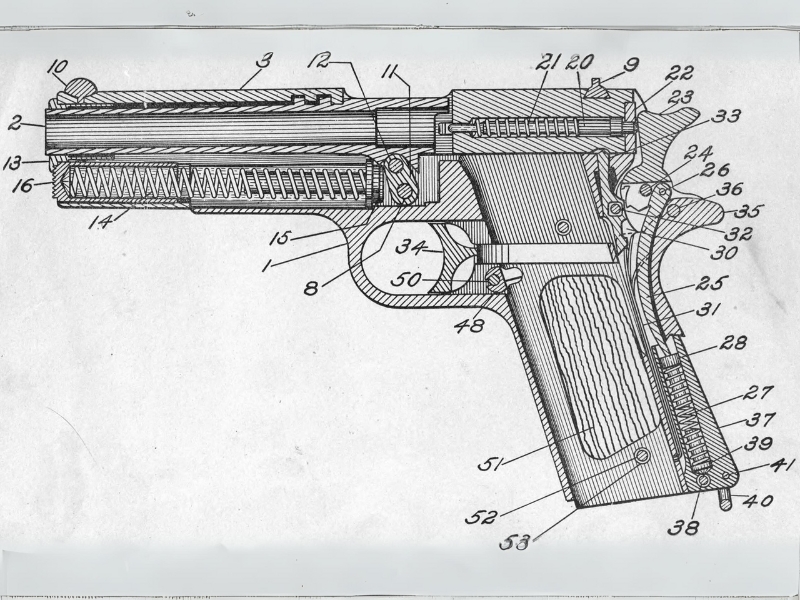
The U.S. Military at this time was especially trying to adopt new weapons to increase the potency of their forces. This took many forms, such as a self-loading rifle, machine guns, and the aforementioned search for the self-loading pistol that ended up becoming the M1911.
The M1911 was substantially successful after some initial design setbacks. So much so that during the last set of tests for who would be chosen to be the next pistol for the Army, the Colt M1911 didn’t malfunction once, having been shot 6000 times over two days. In comparison, the runner-up reportedly had over 37 malfunctions.
The M1911 has been used in some form or fashion by the U.S. Military since and is one of history’s most famous guns.
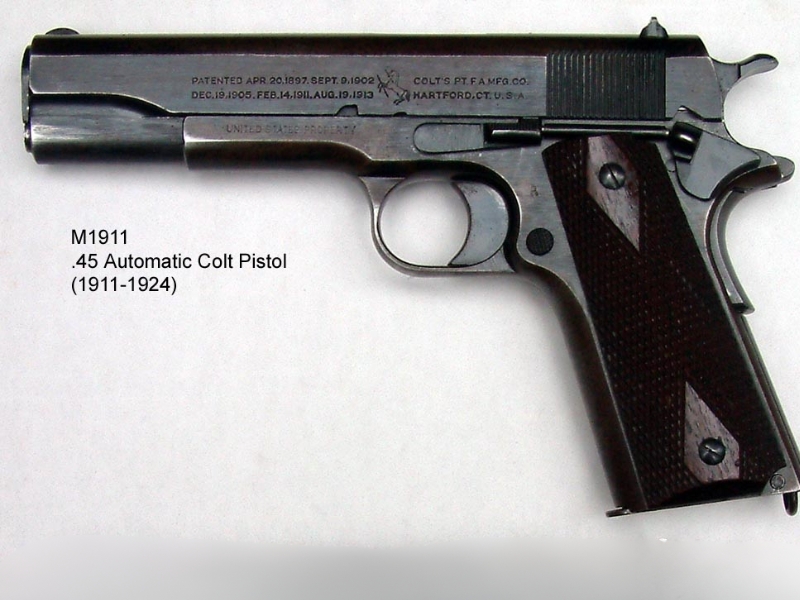
Machine Guns, BARs and Beyond
Adding to his impressive résumé, John Moses was also instrumental in developing what we consider the modern-day machine gun. The Browning Machine Gun (BMG) series represented a significant evolution in automatic firearms. Key models include the M1895 Colt–Browning, the first successful gas-operated machine gun, and the M1917, a .30-’06 caliber water-cooled machine gun used in both World Wars.
The M1917, known for its reliability and effective range of up to 5,500 yards with M1 ball ammunition, saw limited action in WWI but extensive use in WWII. Its successor, the M1919, transitioned from a water-cooled to an air-cooled system, firing .30 cal M1906 and later M2 ball cartridges. This gun, renowned for its ease of operation and reliability, became a staple in the U.S. military, serving in various conflicts, including WWII.

The most iconic in the series, the M2 Browning or “Ma Deuce,” was designed at the end of WWI and uses a powerful .50 BMG cartridge. With a rate of fire up to 600 rounds per minute and an effective range of 1,800 meters, the M2 was versatile against diverse targets, from infantry to aircraft. It has been a mainstay in U.S. military arsenals since the 1930s, participating in major conflicts like WWII, the Korean War, and the Vietnam War.
Alongside these machine guns, the Browning Automatic Rifle (BAR), particularly the M1918 variant, played a vital role as an early automatic rifle, offering soldiers a balance of firepower and maneuverability. Browning’s designs, especially the M1917, M1919, and M2, along with the BAR, profoundly influenced 20th-century military firearms technology and tactics.
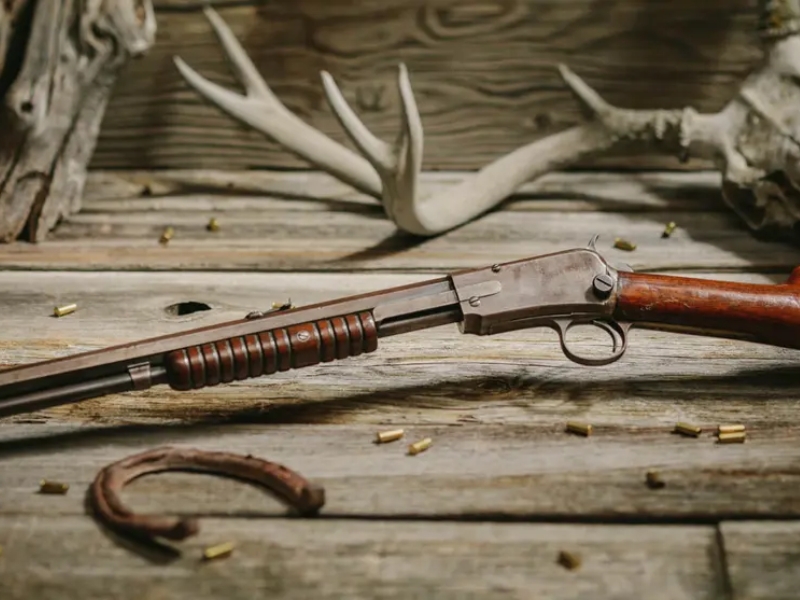
Following John Browning into Modern day
Following the death of John Moses in 1926, Browning Arms was incorporated and eventually expanded. Since then, Browning Arms Company has developed a broad array of firearms alongside other products like knives and footwear. Some notable examples include the Browning Superposed, A-Bolt and X-Bolt rifles, BAR sporting rifle, BPR pump action rifle, and BPS pump-action shotgun. (There are many others, but we’d be here all day.)
Additionally, modern-day Browning also operates as a major importer and distributor of firearms even outside of their own catalog. Browning Arms Company’s impact throughout history, specifically John Moses’, cannot be overstated.

